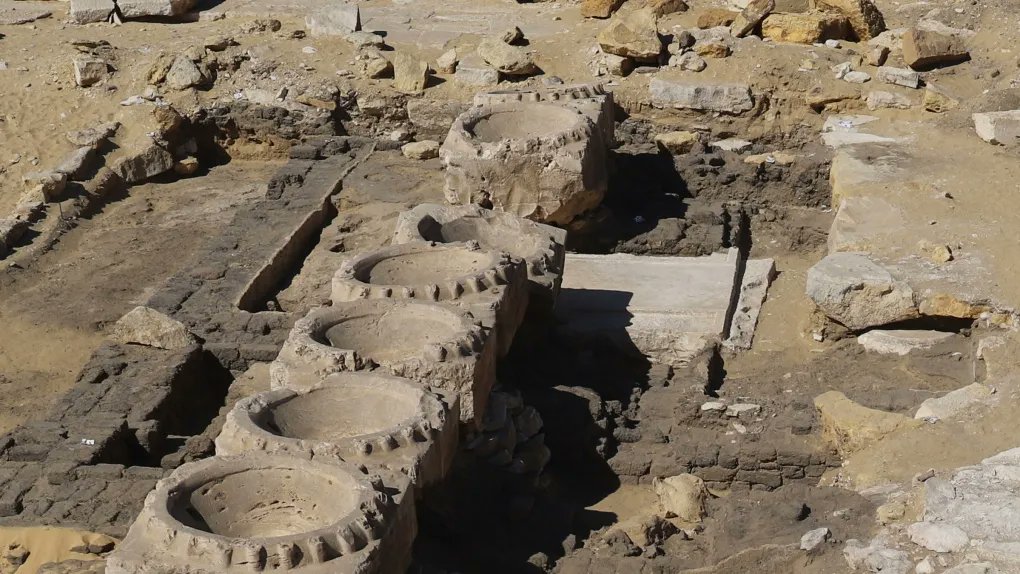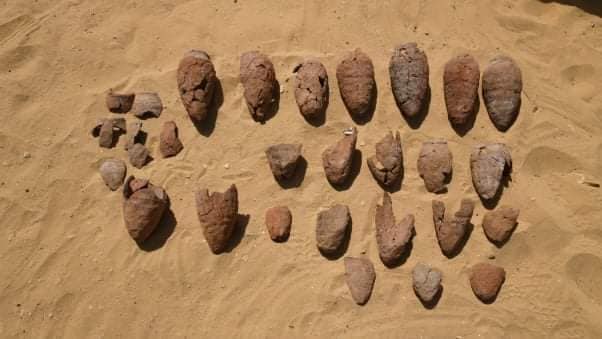
Egyptian archaeologists have discovered thousands of ancient structures — and even entire cities. However, finding the six sun temples constructed by the Fifth Dynasty pharaohs has proved elusive. Only two had been found until recently, and the last one was unearthed 50 years ago.
On November 16, 2021, Dr. Massimiliano Nuzzolo, an assistant professor of Egyptology at the Polish Academy of Sciences, revealed the discovery of a third "lost" sun temple in Abu Ghurab, about 12 miles south of Cairo. Unlike the previously found sun temples, which were built from stone, this one was made using mud bricks. It was buried under the sun temple of Nyuserra, discovered by scientists in 1898. Nyuserra, who ruled from 2400 to 2370 B.C.E., was the sixth pharaoh of the Fifth Dynasty.

Though the recent discovery is structurally similar to the sun temple of Nyuserra, Dr. Nuzzolo does not believe it was built by the pharaoh. The expert says Egyptian pharaohs did not rebuild their mud buildings with stone. Moreover, the artifacts found inside, which include beer jars filled with ritual mud, date to the mid-25th century B.C.E. — a generation or two before Nyuserra's era.
"The archaeologists of the 19th century excavated only a very small part of this mud bricks building below the stone temple of Nyuserra and concluded that this was a previous building phase of the same temple," Nuzzolo told CNN in an email. "Now our finds demonstrate that this was a completely different building, erected before Nyuserra."
While Dr. Nuzzolo and his team are confident the mud structure is a sun temple, they do not know the pharaoh behind it. The scientists believe further excavations will help reveal the king's identity. They also hope the artifacts will provide insights into the ancient civilization and its customs.

The archaeologists think the mud bricks may also explain why the sun temples, all believed to be around Abu Ghurab, have been so hard to find. "This [the use of mud bricks] may have facilitated their disappearance during the course of the centuries, as it occurred to several other ancient Egyptian monuments built with the same perishable material," Dr. Nuzzolo explains. "Moreover, mud bricks building can be easily demolished and buried under other constructions, as it probably happened in our case."
Dedicated to the sun god Ra — ancient Egypt's most powerful deity — sun temples were unique to the Fifth Dynasty. Dr. Nuzzolo believes their primary purpose was for the pharaoh to elevate his status to god by claiming to be Ra's only son. "Indirectly, therefore, the main purpose of the temple was that of being the place for the deification of the living king," he explains.
Resources: CNN.com, Smithsonianmag.com, artnews.com
